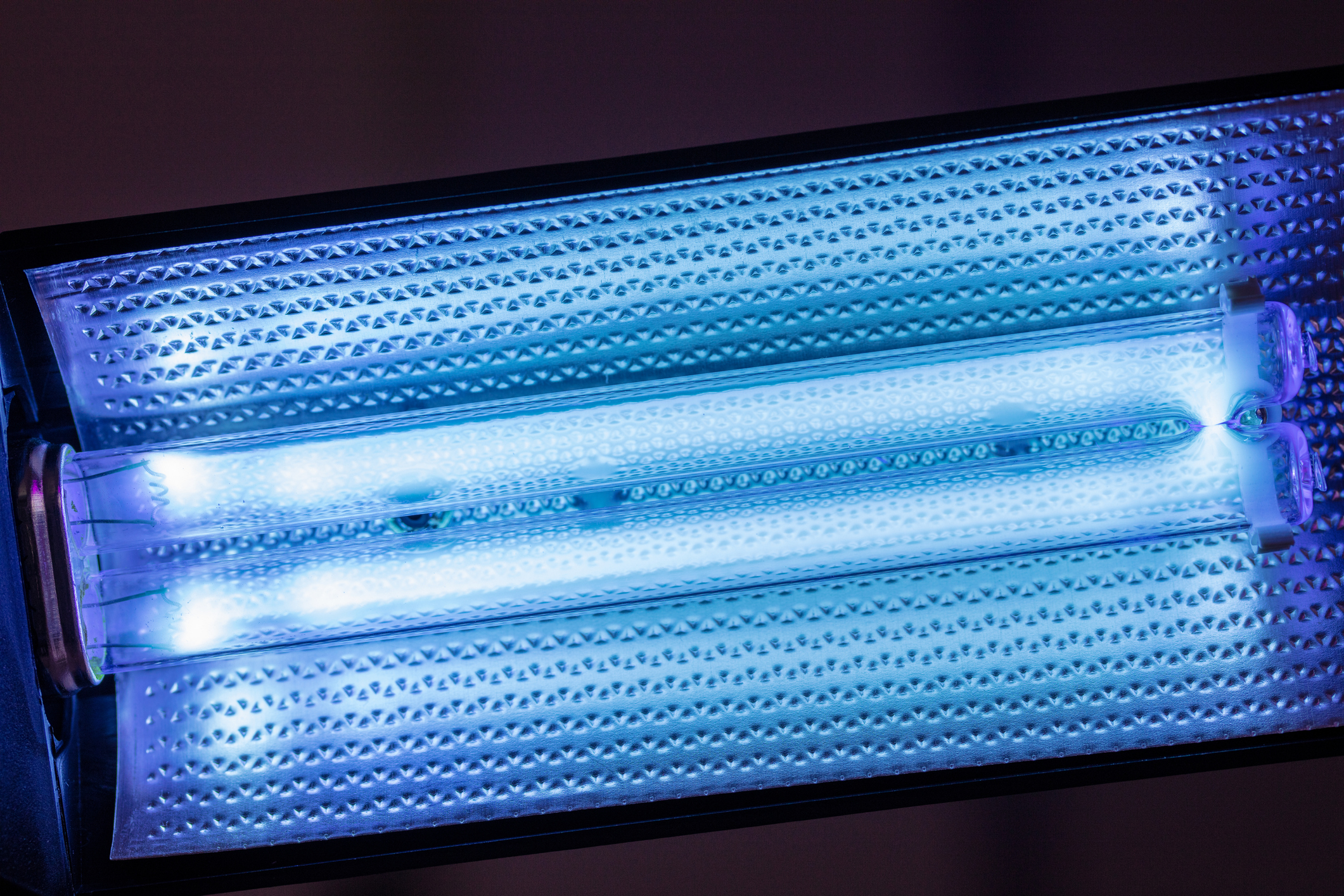Germ-Killing Light Being Researched for Biofouling Solution
Over many years and through much research, Florida Tech has built an abundance of knowledge on ship hull corrosion and biofouling, the accumulation of microorganisms, plants, algae or small animals on wet surfaces that can lead to structural or other functional deficiencies.
That knowledge is now being used – and expanded – to help the U.S. Navy find a sustainable process for maintaining their multi-billion dollar fleet of ships.
Florida Tech’s latest research project, “Using Ultraviolet Light for Improved Antifouling Performance on Ship Hulls & Niche Areas,” started in March under a three-year, $315,000 grant from the Office of Naval Research. Florida Tech oceanography assistant professor Kelli Hunsucker is leading the project, which is examining the use of ultraviolet-c (UVC) light on ship hulls to prevent biofouling.
UVC light has been commercialized as a disinfecting light dating back to the 1930s. Preliminary testing more recently yielded positive results, which led Hunsucker and researchers to examine further work, and eventually the current grant. There are three components researchers will analyze. The first is the feasibility of the UVC’s transmission to the hulls when interacting with different levels of water clarity. In murkier ports, the distance between the UVC transmitter and the hull may have to change to be effective.
In the second aspect of the research, the team is looking at physiochemical changes that happen with UVC. In addition to using the UVC on untreated ship hulls, Hunsucker is looking at how the light will interact with hulls that have market coatings applied. Because all hulls – even those with coatings – foul, Hunsucker looked at possibly providing an additional solution through the lights. While initial research has shown that UVC does assist the coated hulls from biofouling, she noted there are additional studies being conducted on the chemical and physiological changes that are taking place on the surface-specific hulls.
The third aspect will study the multiple processes in which the light could be used to combat biofouling growth.
“This is the area that most of my grad students are excited about, understanding the impact on the biofouling ecology,” Hunsucker said. “So, we’ll look at what organisms are affected most by the UVC, how frequently you have to treat a surface to prevent organisms from growing, and if you can let a surface freely foul and then treat with UVC later.”
Through Florida Tech’s Center for Corrosion and Biofouling Control, education and research initiatives have led to a better understanding and improvement for the design of fouling control systems. Over the years, the center has become globally recognized for its test facilities.
This ongoing work is fueled by the quest for new ways to reduce and eliminate biofouling. It has also led Hunsucker to research focused on UVC as a more environmentally friendly solution.
“We are on the forefront of the UVC research. And I feel really fortunate that we have received this grant,” Hunsucker said. “Our ultimate goal is trying to help improve our Navy’s fleet, which is globally important.”
###





